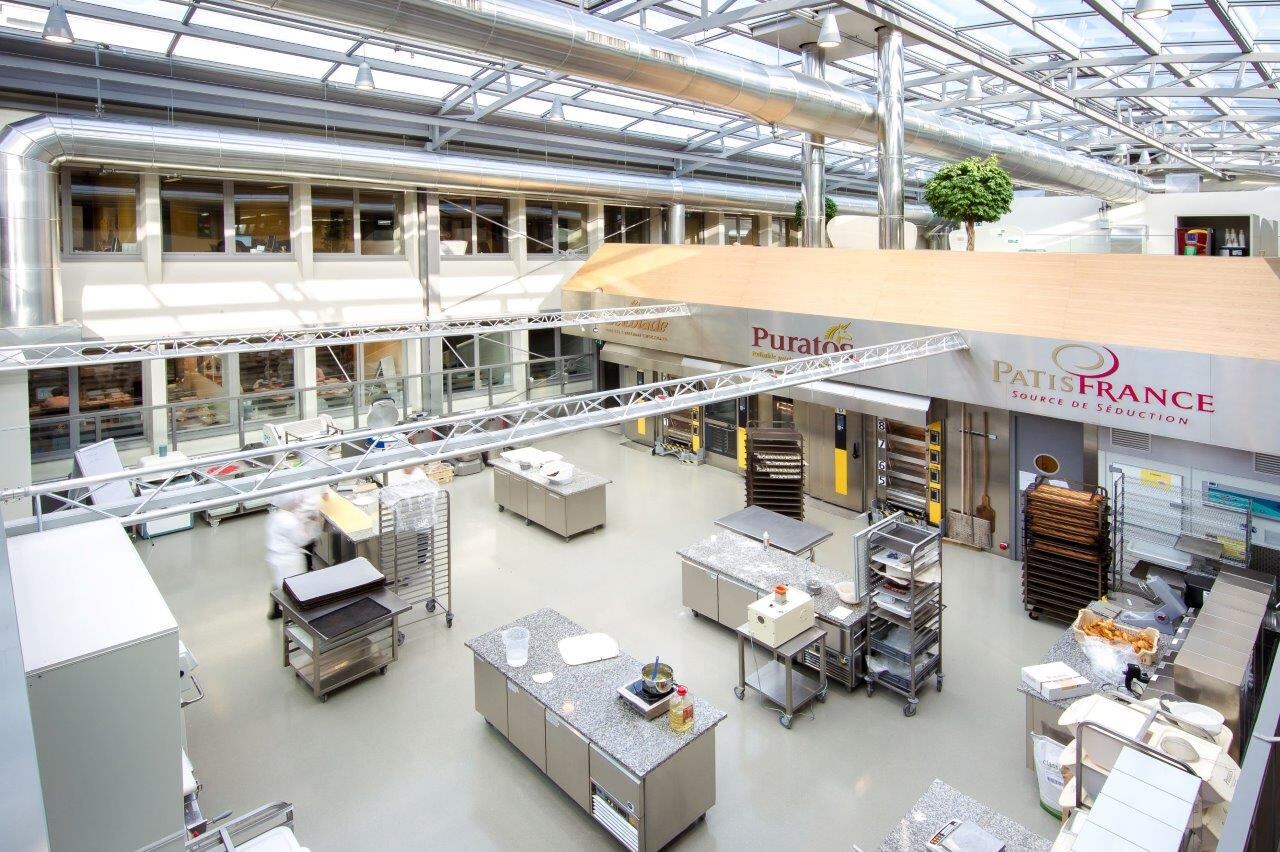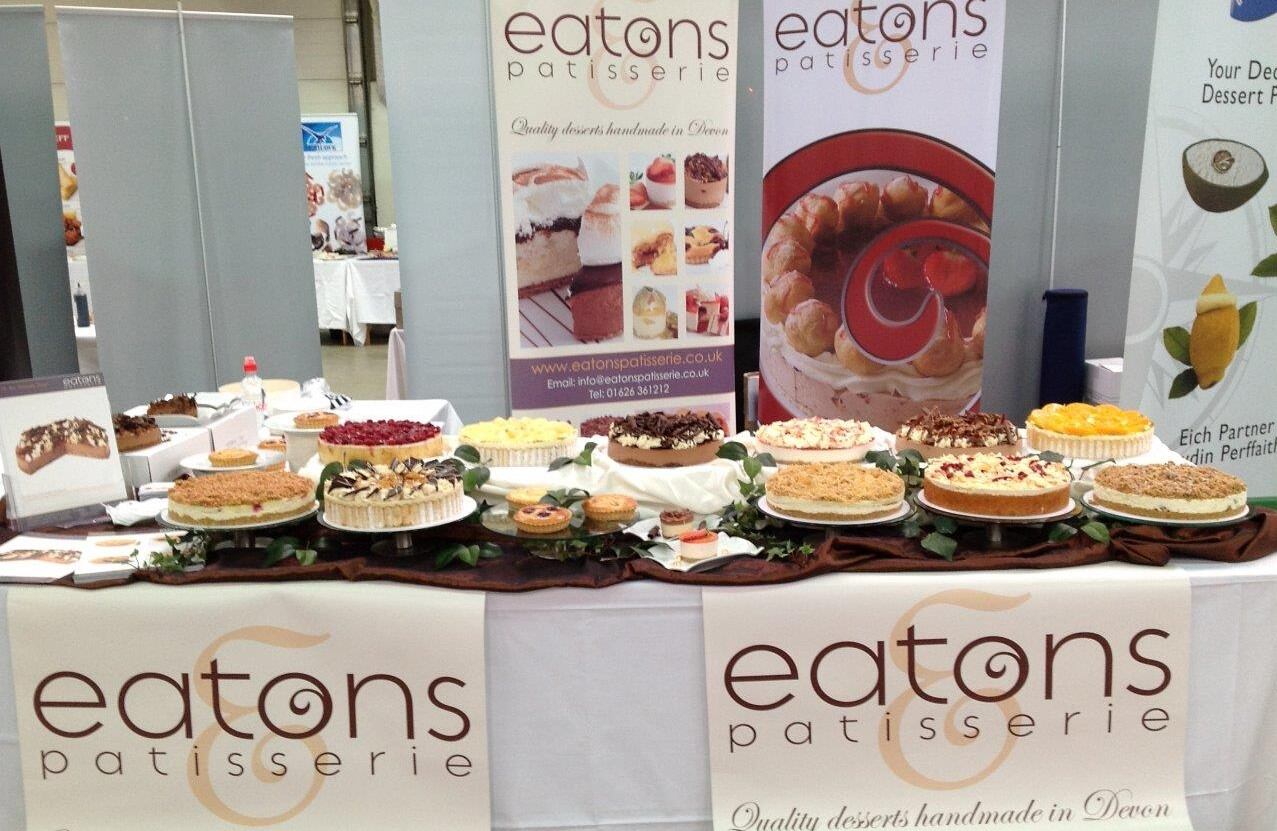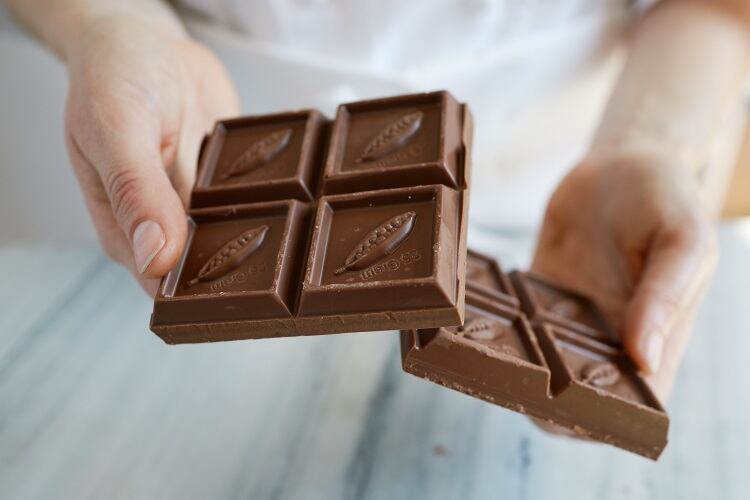Most businesses involved in the food industry would be proud to have just one centre dedicated to innovation and product development – but Puratos can boast no fewer than 81.
The Belgian company, which specialises in creating ingredients for bakery, patisserie and chocolate products, supports these centres, which are scattered across the world, with a team of 463 technical advisers – each of whom is able to tap into the latest consumer trends and tastes in their respective sectors.
At the company’s headquarters just outside Brussels, a number of these advisers are on hand to show both existing and potential customers how its ingredient formulations can meet these modern-day market opportunities.
Anneleen Mistiaen, product manager for patisserie mixes at the centre, is keen to highlight Puratos’ new sugar-reducing cake mix. She describes the 30% Sugar Reduced Satin Cream Cake as a “very important and strategic product” that meets the global demand for sugar reduction without any compromise on taste.
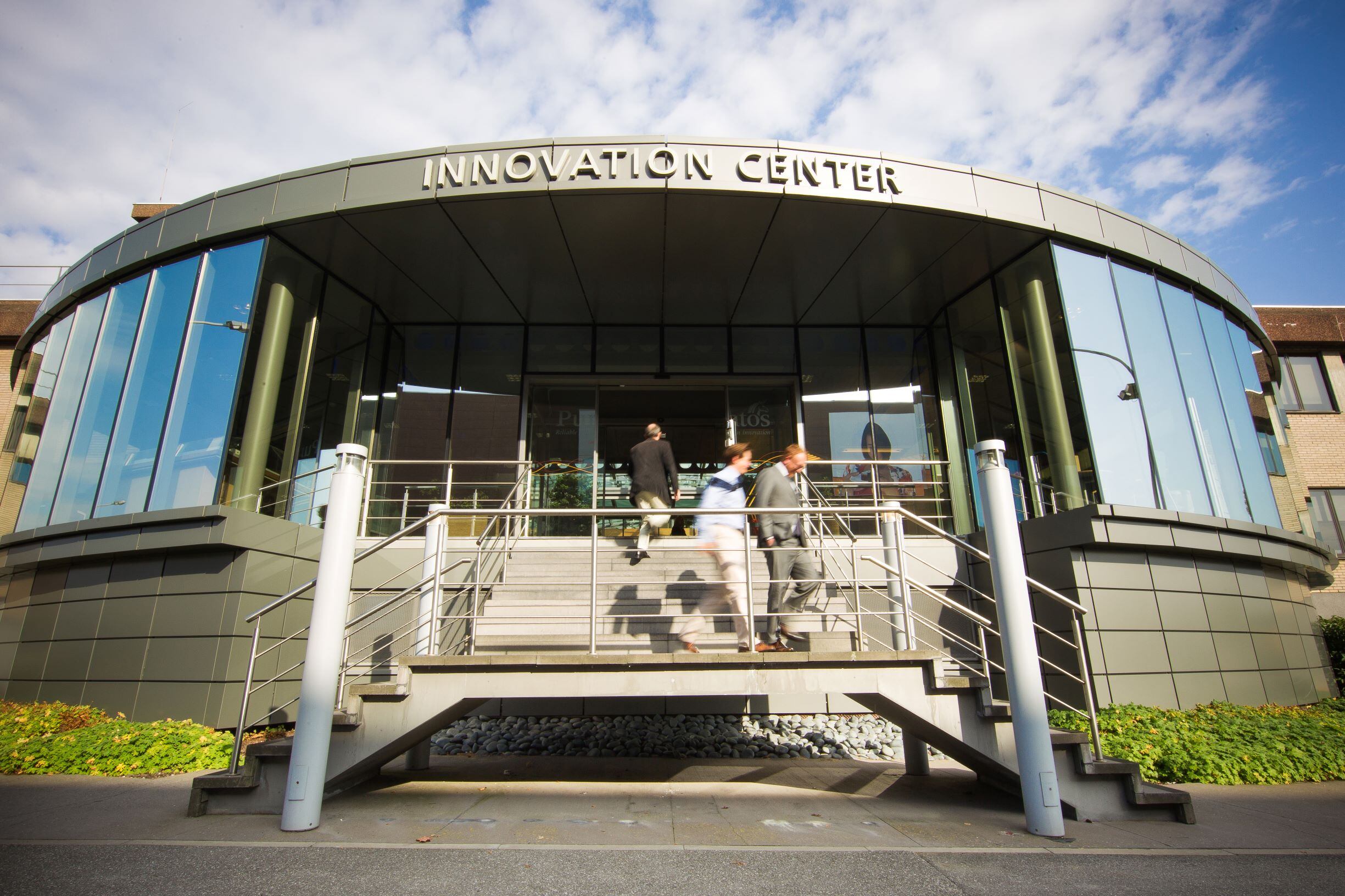
“It’s a very versatile mix – you can use it in layer cakes, loaf cakes, muffins, cookies, biscuits, waffles, pancakes – almost everything,” Mistiaen explains. “The sugar replacer we use is inulin, which is derived from chicory root fibre, a natural ingredient. The mix is freeze-stable with a shelf-life of three to five days.”
Taking out two sugar cubes
The 30% sugar reduction is equivalent to taking out two sugar cubes from a 110g muffin, according to Mistiaen. It has scored highly in Sensobus studies – essentially a large touring bus on to which Puratos invites consumers in order to conduct a series of sensory tests.
“On taste, 89% of consumers gave our sugar-reduced muffin a score higher than five out of seven,” she says. “We also found that 70% of consumers were prepared to pay the 20% price premium.”
The sensory analysis is very much part of what Mistiaen describes as Puratos’ “finished goods approach” – looking how each ingredient affects products as a whole and weighing up their relative merits.
Cutting sugar content isn’t the only string in its bow. Puratos recently launched a Satin savoury mix, to meet what it claims is a growing interest in savoury baked products.
Mistiaen says Tegral is a freeze-stable single cake base with a neutral taste that allows manufacturers to create their own signature recipes. It also contains no salt.
Those working on cake decorations at the Brussels headquarters concede sugar reduction is less of a priority in their unit. “Sugar has a huge functionality in making products shine, so it’s very difficult to remove it from glazes,” says Emilie Arnould, research and development adviser for patisserie.
‘Decoration and glazes are important’
“Food manufacturers should consider why decoration and glazes are important. They can be used to differentiate products and are a way to express yourself. But they also have functional properties – without glazes, for example, many cakes can dry up quickly and fruits can lose colour.”
It’s by using this holistic approach to new product development that Puratos aims to help its customers. To ensure it is on top of understanding what the consumer wants, Puratos takes from a wide range of sources to compile a quarterly trends report.
Lydia Baines, report author and UK marketing manager, says the report focuses on the whole “food environment”, as she feels all trends have relevance in bakery, patisserie and chocolate.
“Much of the information is based on our Taste Tomorrow study, which is a survey of 11,000 consumer choices, attitudes and perceptions across 25 countries,” she explains. “We also use sources such as the trade press, social media and blogs – and any insights we can gain from being out in the marketplace.”
According to Baines, the last Taste Tomorrow study produced three key takeaways. “Firstly, consumers are on the constant lookout for more innovation in their products – whether that’s different colours, textures or tastes.
“Secondly, on-the-go has become vastly more popular. Whether it’s the breakfast, the lunch or the 3pm occasion, people are looking for snacks throughout the entire day – and that has to be catered for.”
The quality of products
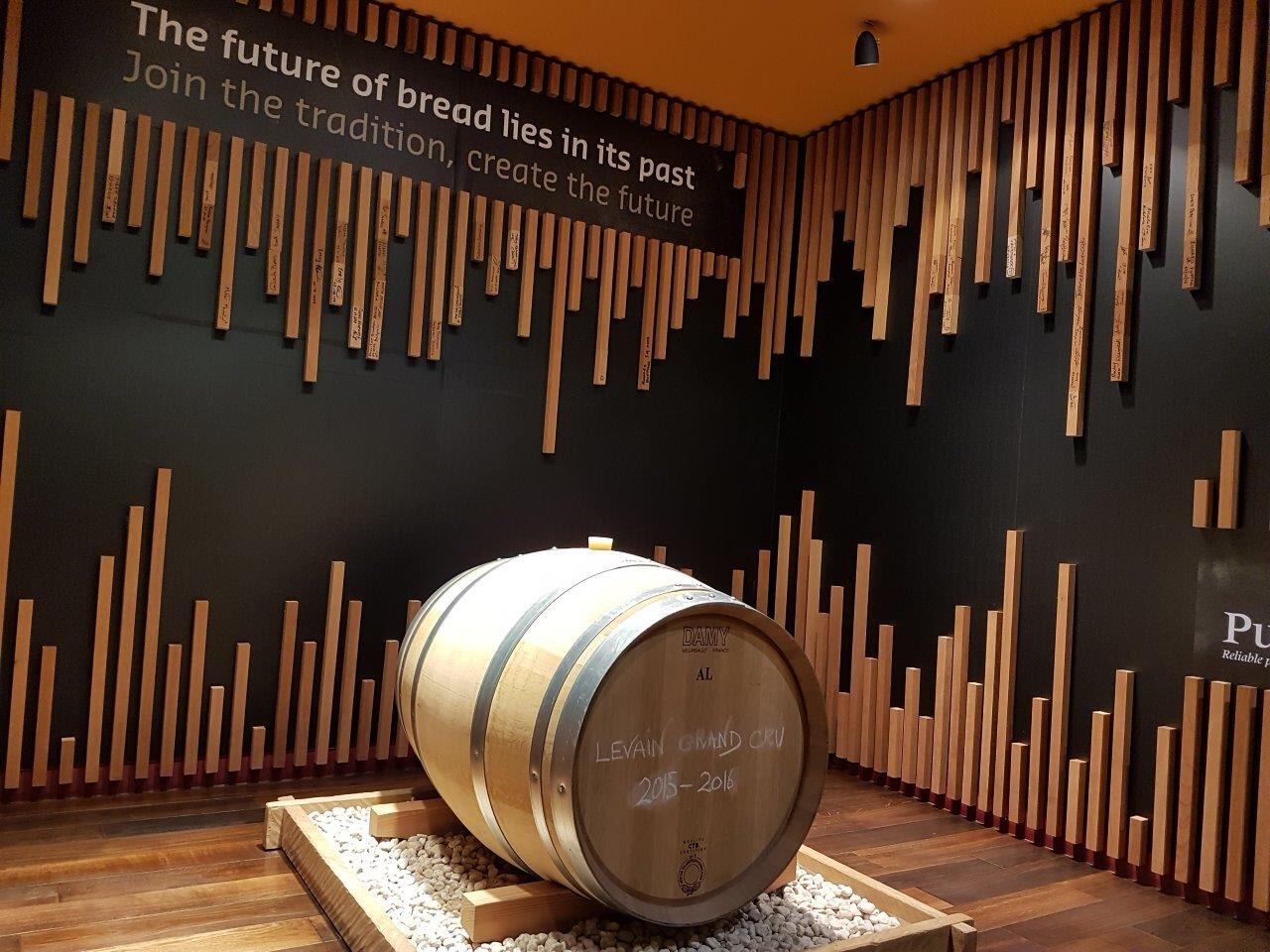
However, with all the innovation going on, and with new product development rife, Baines’ third takeaway is growing consumer concern that the quality of products may actually start to slip. “It’s something they are a little insecure about,” she says.
“That third takeaway helps us remind ourselves, as a company, about what we call the ‘baked goods triangle’ – that food should be fresh, taste great and, importantly, be as healthy as possible.”
One trend that meets the drive for healthier products within bakery is sourdough. Over at the Puratos Center for Bread Flavour in Saint-Vith, near the German border, sourdoughs from all over the world are being collected and maintained (see box).
The aim of the Sourdough Library is to preserve the biodiversity of leaven agents and the know-how of using sourdough in bakery, according to library head Karl De Smedt.
“At the moment, we have a collection of 115 different sourdoughs from 20 countries,” he explains. “It’s something unique within the bakery world – it doesn’t exist anywhere else.”
A non-profit making initiative, Puratos says its Library is a way to contribute to the technology of fermentation while helping bakers safeguard their sourdough.
“Studying their composition also helps us to become better at our job,” De Smedt adds. “Each one has a story: number 64 was cultivated by an old lady in China; 79 is from Josey Baker Bread in San Francisco; and three even date back to the Gold Rush in Klondike, Canada, more than a century ago.”
Secrets of sourdough
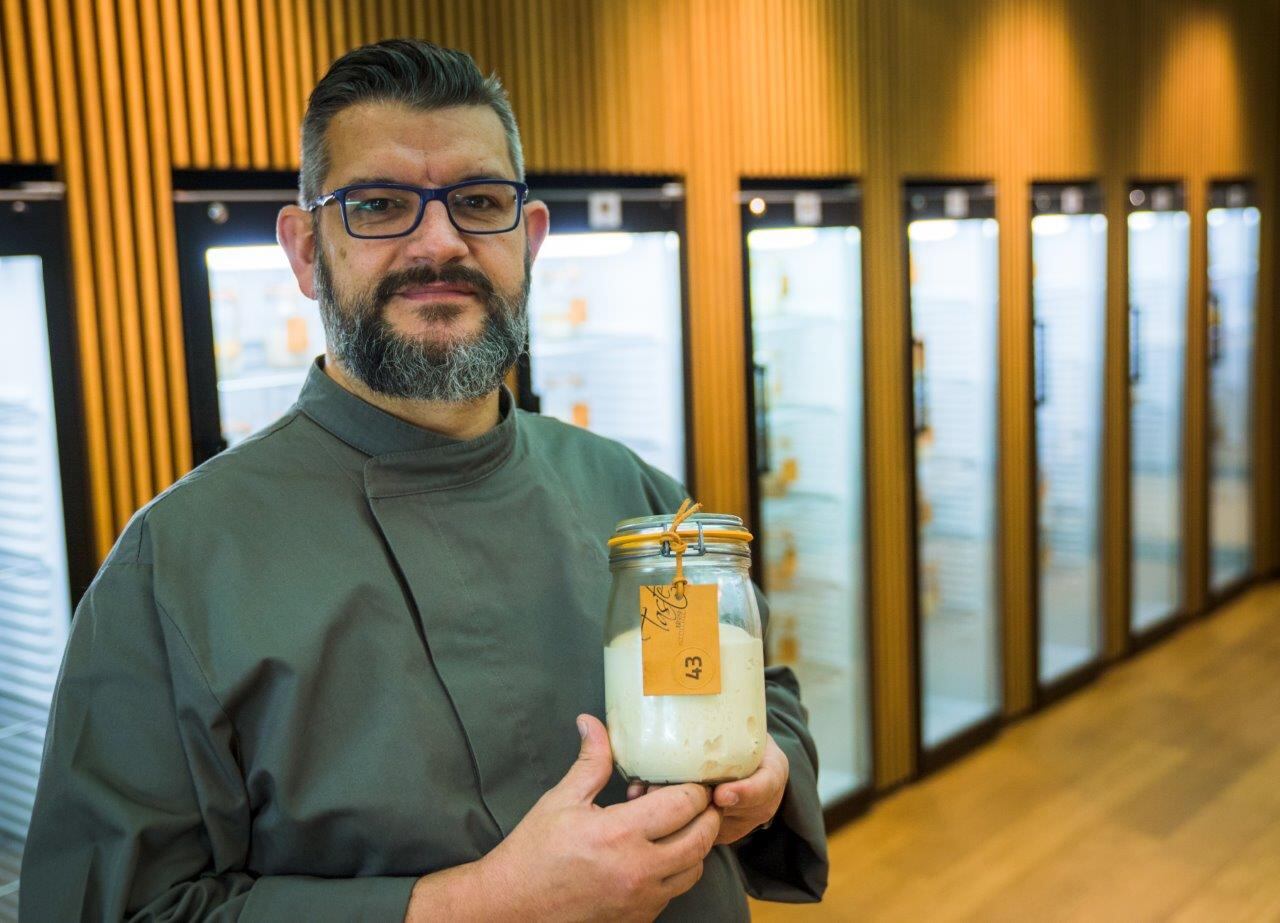
Making sourdough is simple, but the chemistry involved in its creation is remarkably complex, according to Karl De Smedt, head of Puratos’ Sourdough Library at Saint-Vith (pictured).
“To make sourdough, you mix 100g of water with 100g of flour, and you leave it for 24 hours,” he explains.
“You then feed it another 100g of water and 100g of flour, wait for a further 24 hours, and repeat. After six or seven days, it’s ready and you can use it to make bread.
“The micro-organisms inside – which are mainly yeasts and lactic acid bacteria – need time to grow and multiply. Once established, they will take care of the decomposition of the gluten network [in bread] and turn it into the amino acids, minerals and vitamins we need.”

